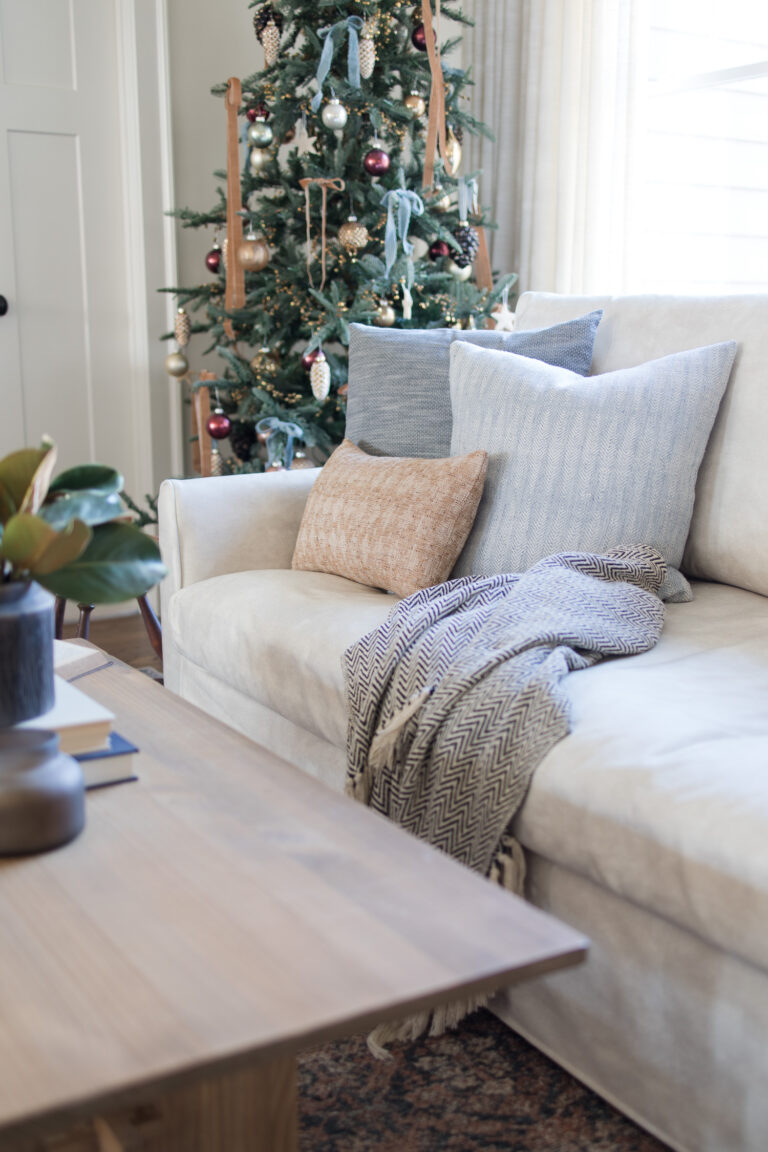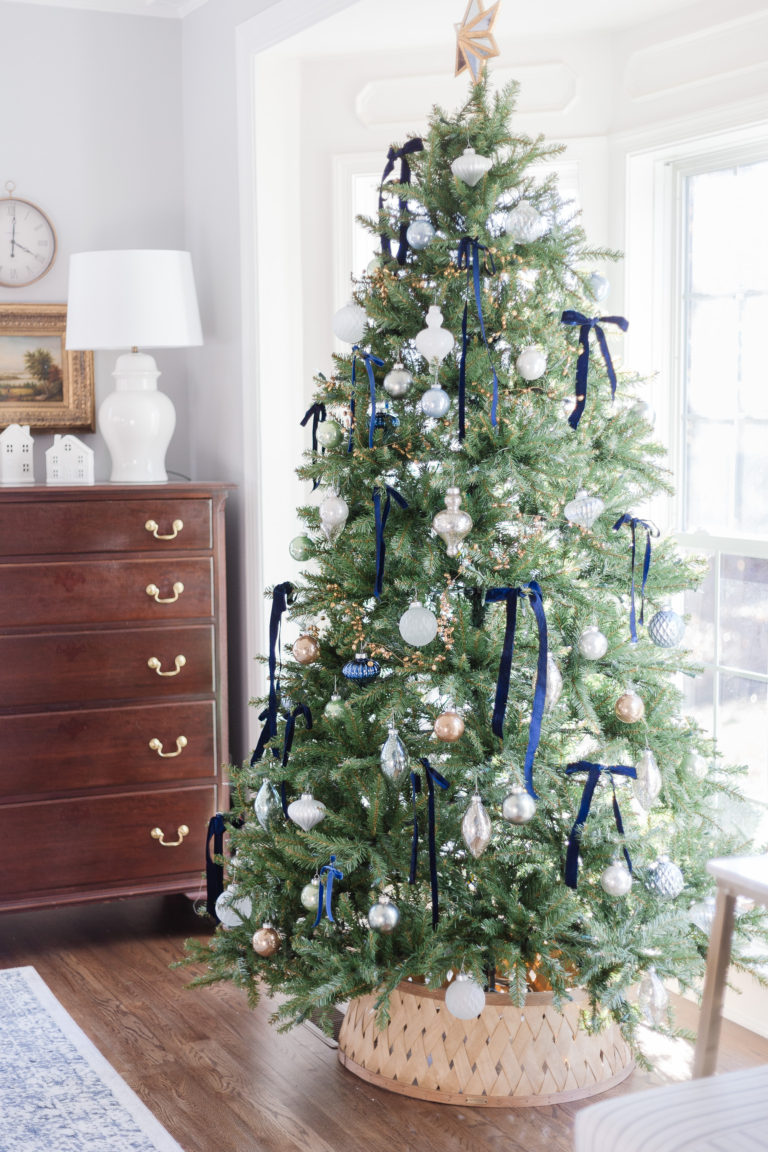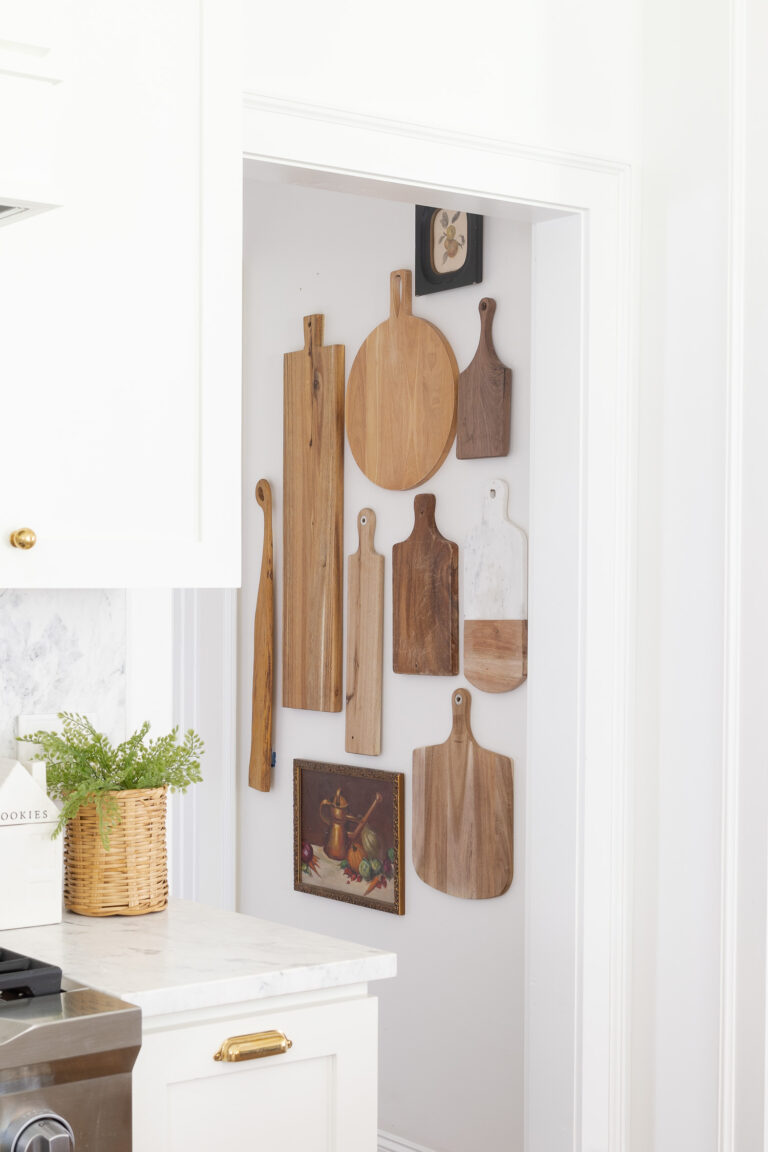DIY All-Purpose Cleaner
Looking for the perfect non-toxic all-purpose cleaner? This easy DIY all-purpose cleaner with Dr. Bronner’s Sal Suds only takes minutes to make. With water, some suds and a spray bottle; you will be all set to make your own all-purpose natural cleaning spray that you can use anywhere!
This is the first time I’ve created my own homemade cleaner. Don’t ask me why…just dreamed about doing it and never got around to it. Store bought cleaners usually bother me in a terrible way with runny nose, headache and a mild cough. Over the last few years I’ve been trying to avoid off-the-shelf cleaners and go a more natural route. I have loved creating this all-purpose natural cleaner at home. Not only do they work better than the store-bought cleaners but they also save me money. I love it and use it everywhere!
This post contains affiliate links where I can receive commission from your purchases, thank your support. Please read my full disclosure.
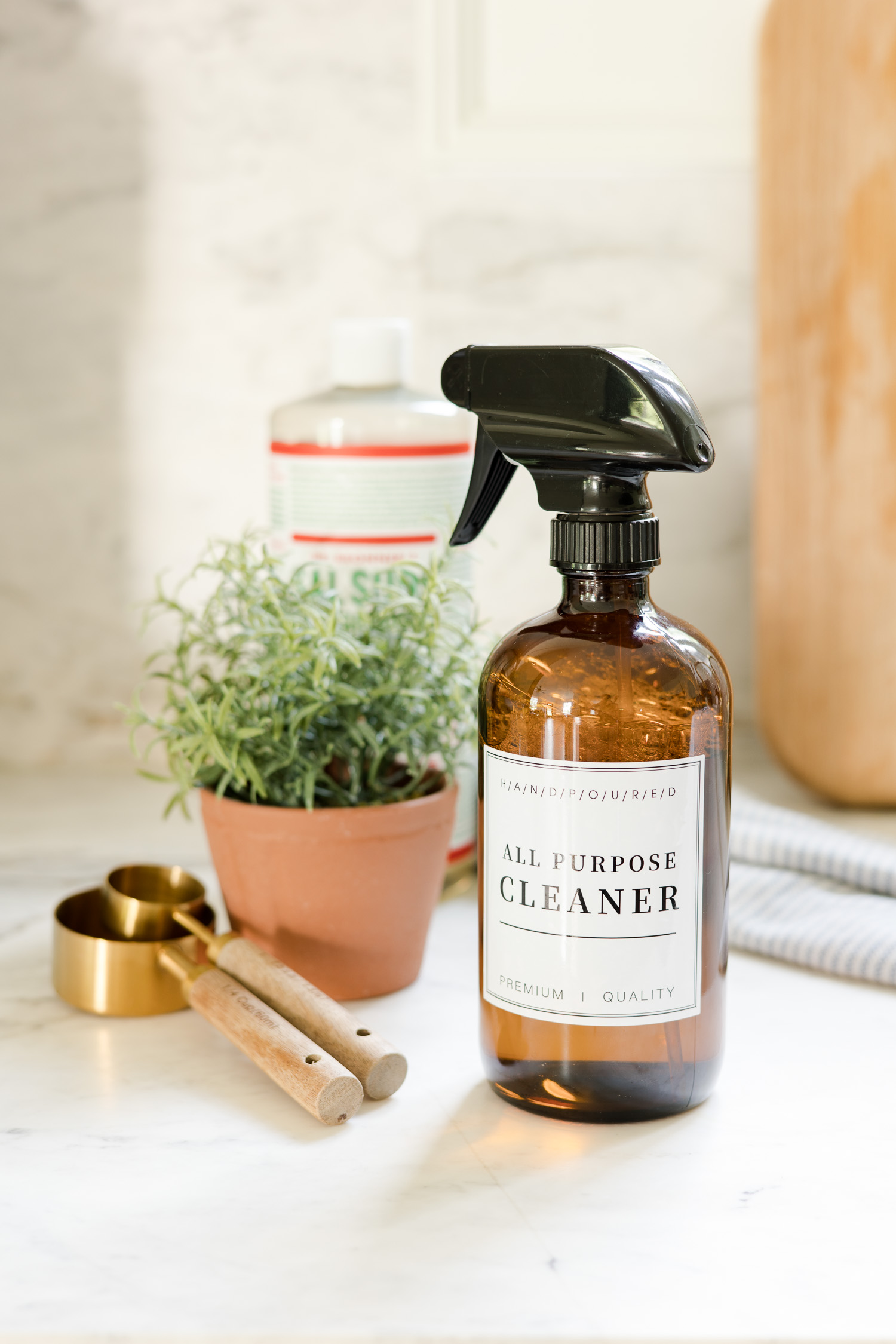
Why Make Your Own Non-Toxic Cleaners?
There are so many benefits of making your own homemade cleaner. Even more than saving money; the first benefit on my list is that it’s better, cleaner, and safer for your home’s air. Toxic cleaning supplies are one of the top sources of indoor air pollution and the chemicals in these cleaners can linger in your home’s environment for hours or even days.
DIY All-Purpose Cleaner Benefits
Saving money is always on the top of everyone’s minds and this cleaner saves me money for sure. Cleaners are expensive and even if you are buying the “all-natural” cleaners (like Seventh Generation), you’re going to save even MORE money because you’re paying a premium for their marketing. And this cleaner performs just as well.
I save space on a bucket of cleaning supplies because I mostly just use one all-purpose cleaner on kitchen counters, toilets, bathroom sinks, etc.
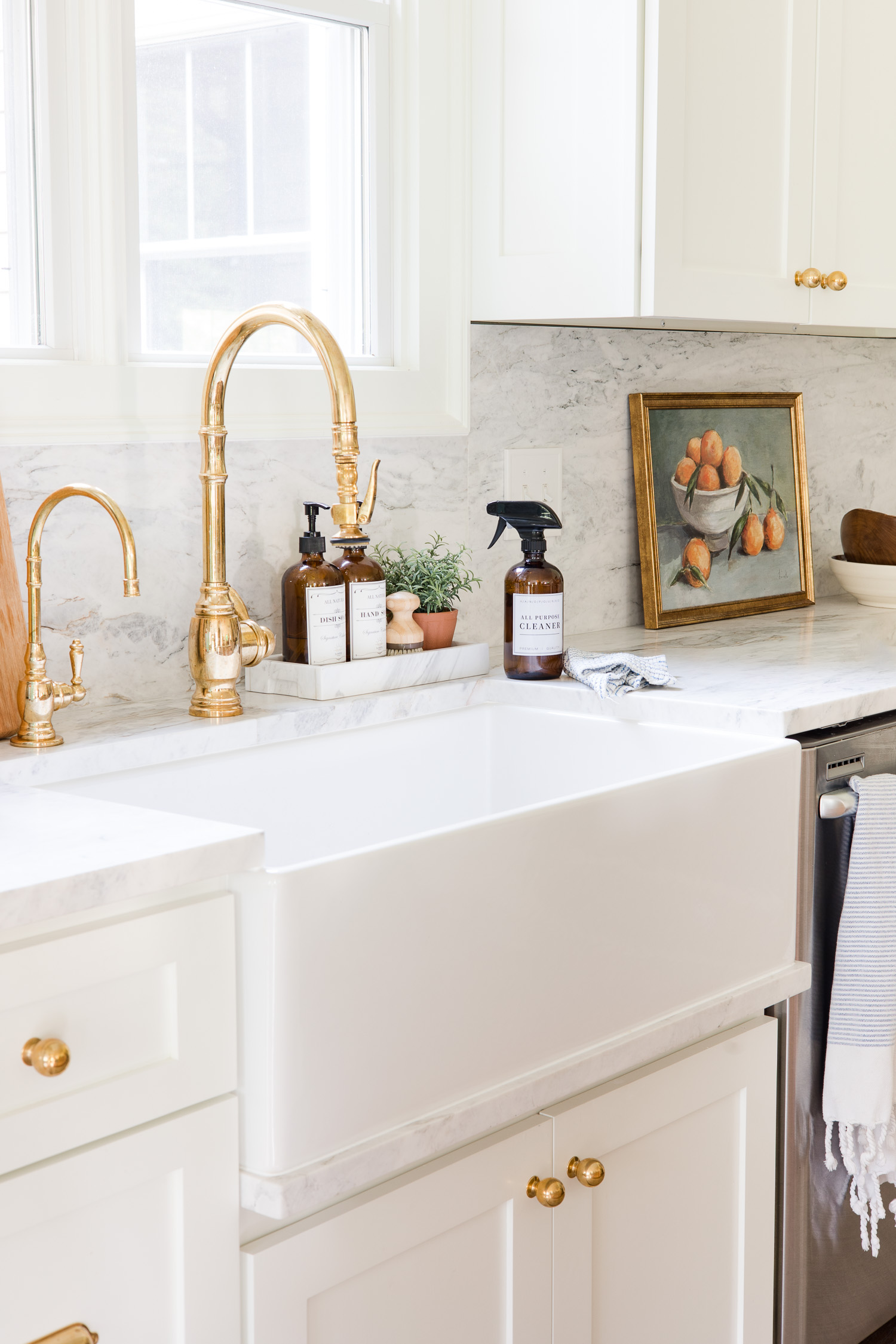
Health Benefits of Homemade Cleaners
I’m going to park here for a just a minute, but I won’t stay long. In recent research, I have been struck by the irony that we clean in order to be healthier, but some of the ways we clean might actually be making us sick.
Read below to find out how this homemade all-purpose cleaner actually works.
Many of the cleaners and disinfectant wipes we use are loaded with chemicals. Chemicals to kill germs but also create a host of other physical issues. I have removed these cleaners from our home and have not missed them nor their toxic fumes.
By creating your own non-toxic cleaner you are removing the following issues.
Removes
- Volatile organic compounds (VOCs) with their harmful fumes
- Problematic residues on surfaces
- Fragrances shown to increase incidence of asthma and migraines
- Carcinogenic formaldehyde (Yes, really. It’s common. Read the link.)
Ingredients to Make Homemade All-Purpose Cleaner
There are many different recipes for making multi-purpose cleaner including using vinegar, essential oils, dish soap and other varieties. This simple cleaner uses just two ingredients – Sal Suds and distilled water or tap water. Plus, you will need a spray bottle to store it in.
I recommend getting your spray bottles on Amazon because they are so much cheaper there than in the store. I know some people like to use old cleaning bottles that are empty but I always like to buy new so I do not mix any chemicals together that shouldn’t be mixed.
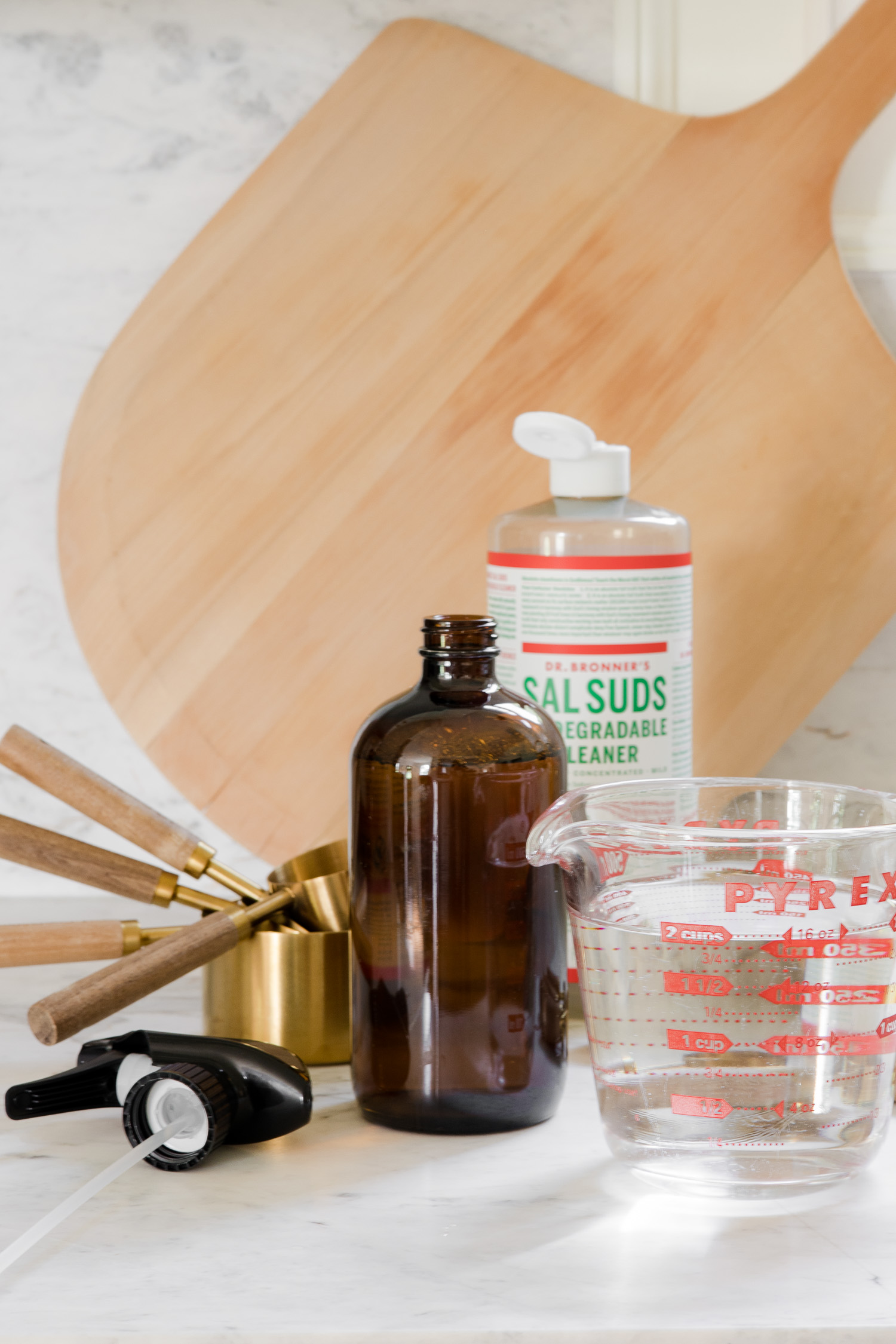
What is Dr. Bronner’s Sal Suds?
Dr. Bronner’s Sal Suds? What is that?
For years I have been using Dr. Bronner’s Lavendar Castille soap body wash and I love it. Some find it drying, but I’ve learned that after a shower my body will produce it’s natural oils on its own. The castille soap just cleans the skin without stripping natural oils causing the body to produce its own. I love Dr. Bronner’s line up of soaps, toothpastes.
Dr. Bronner’s also makes a liquid cleaner for home and laundry. Sal Suds is a liquid cleaner, not a soap but instead is a concentrated hard-surface all-purpose cleaner. It is made with plant-based surfactants and natural fir needle and spruce essential oils and is free of any synthetic dyes, fragrances or preservatives. Sal Suds Liquid Cleaner is equally effective in hard or soft water, rinsing freely, hot or cold. It is 100% cruelty-free, as certified by the Coalition for Consumer Information on Cosmetics, and it will biodegrade rapidly after doing its job.
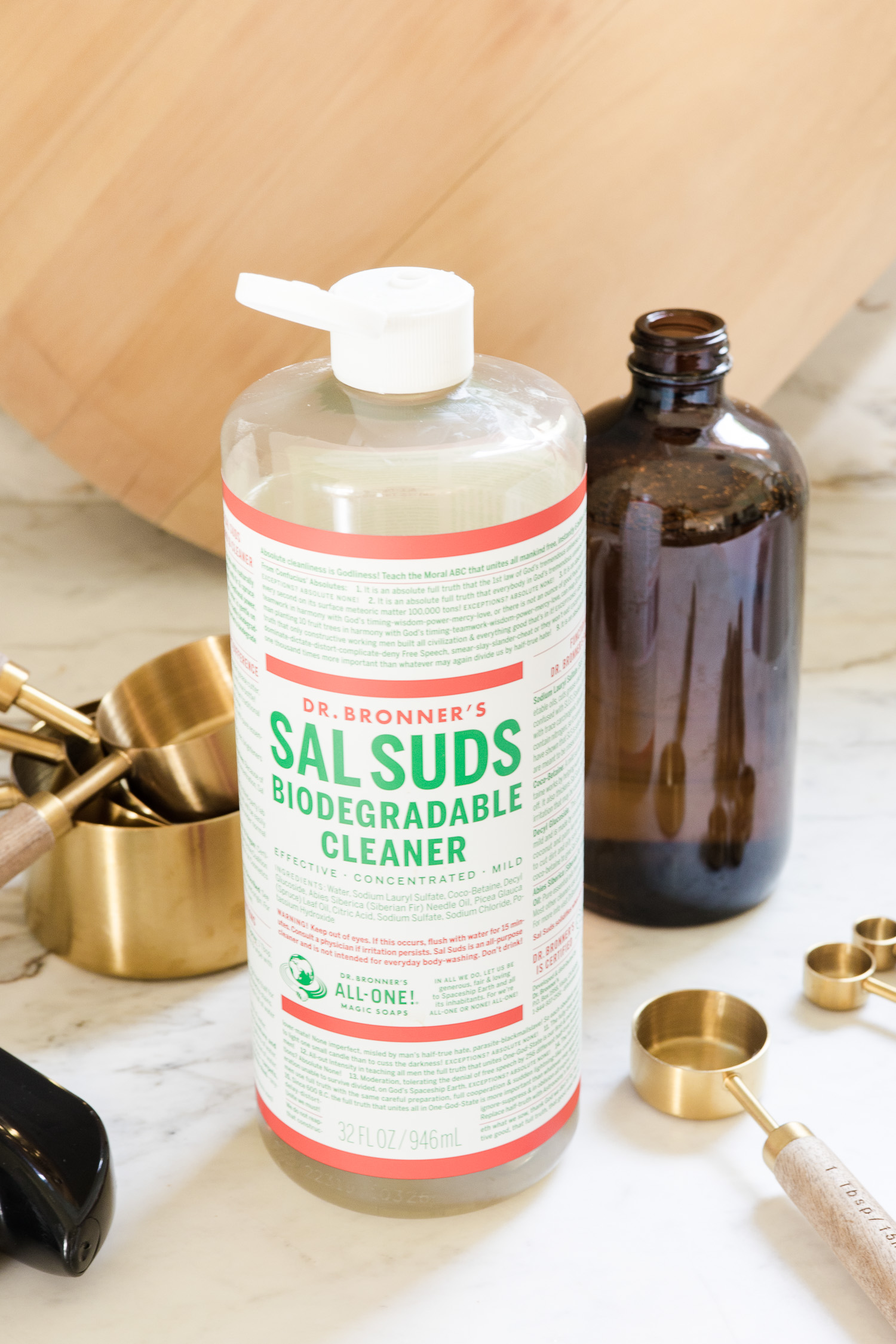
How Much Does Making Your Own Cleaner Cost?
That depends on the products you use. For this all purpose cleaner it will cost you a mere fraction of what you are spending on toxic wipes and cleaning sprays. All natural cleaners, when made at home, cost mere pennies to make. Let me break it down.
- I paid $38 (including tax) for two (2) thirty-two (32) ounce bottles of Sal Suds on Amazon.
- That is sixty-four (64) ounces of Sal Suds or eight (8) cups of cleaner.
- There are one-hundred twenty-eight (128) tablespoons in sixty-four (64) ounces and I only need one (1) tablespoon of cleaner per thirty-two (32) ounce spray bottle. Per tablespoon that ends up costing $.30 for the cleaner that is used to make one spray bottle of all-purpose cleaner.
It costs $.30 per tablespoon for each bottle of all purpose cleaner!
If you use tap water, then your bottle of cleaner will cost you around $.30 to make. If you use distilled water it will cost a little bit more depending on how much the water costs, how big of a container you purchase, etc. All in all, this cleaner (not counting the spray bottle) will cost you way less than $1 to make every time you make it.
Ok, spray cleaners are easily $5 and up; if you use the all-natural cleaners they are closer to $7 and up. The cost savings is huge. It’s going to take me a long time to use both of my bottles of Sal Suds.
How to Make an All-Purpose Cleaner
We’ve seen the health benefits of homemade cleaners and the cost savings but how do we make it?
This all-purpose biodegradable cleaners is so easy to make; you are going to be amazed! This can be used on any surface that is safe to contact with water.
All-Purpose Cleaning Spray:
- 32 ounces of water
- 1 Tablespoon Sal Suds Cleaner
- Spray Bottle
Fill the spray bottle with the water first. Add the tablespoon of Sal Suds and swirl gently to mix. Do not shake it as this will cause too many suds and not necessary; just a little twist of the bottle a few times will mix the two ingredients together. That’s it!

How to Use Your Homemade All-Purpose Cleaner?
Just like you would any other cleaner you have used in the past.
Spray surfaces and wipe with a damp cloth. Alternately, spray a damp cloth and wipe surfaces. Use this on your kitchen countertops, tables, bathroom counters, toilet seats and other can get wet surfaces. A little goes a long way so careful not to overdo it when spraying.
This spray cleans nearly everything I regularly clean including kitchen counters (marble and granite), bathroom counters & shower surround (tile), toilets, painted surfaces, wood tables and cabinets, stainless steel appliances & sink, nickel doorknobs & faucets, ceramic sinks & tubs, glass on the microwave & oven doors, plastic acrylic, outdoor furniture, upholstery and car interiors.
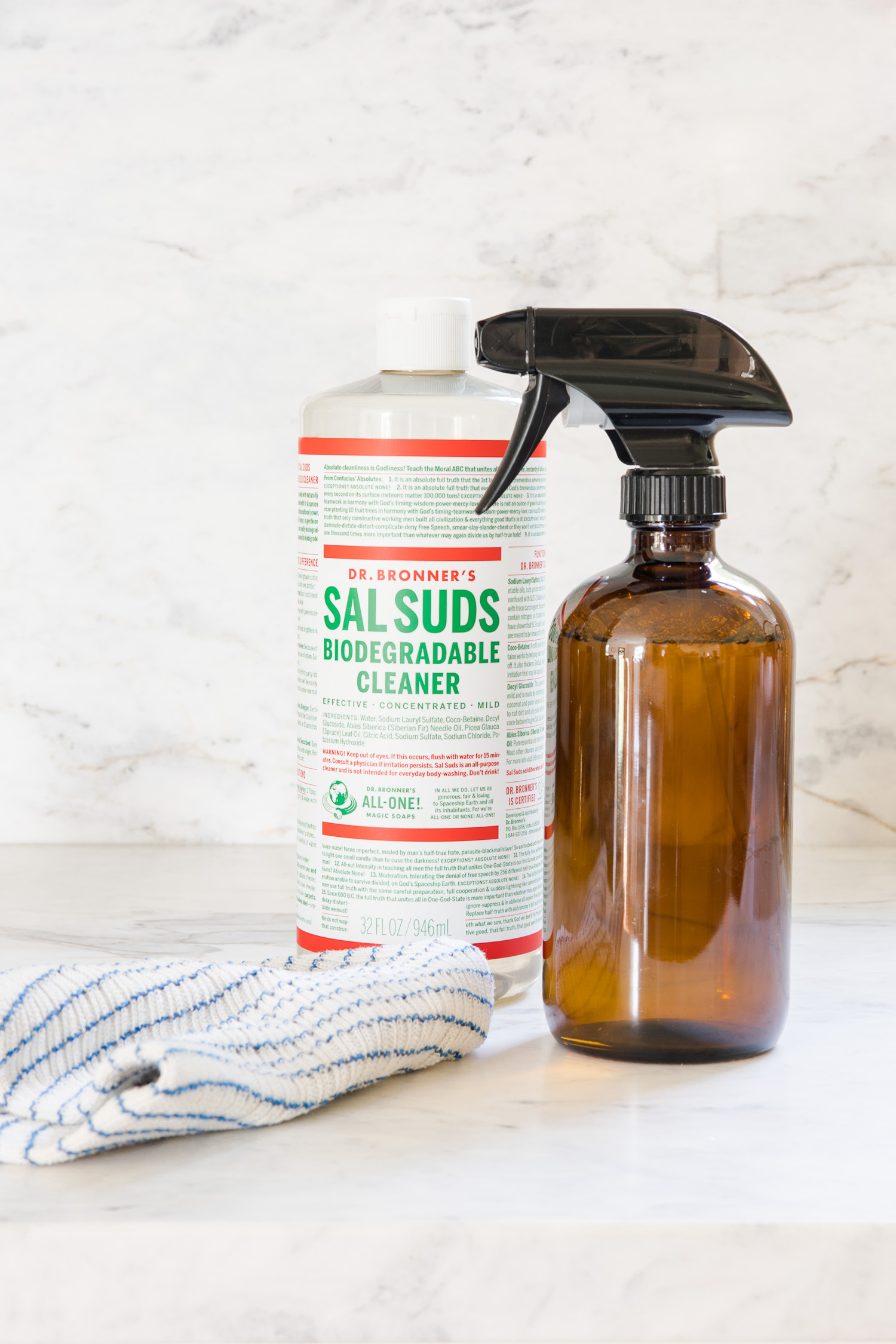
Does this Actually Work to Clean and Disinfect?
You might not be ready to give up your bleach and disinfecting wipes and I get it. We are trained to think that harsh chemicals is the only way to kill germs. Non-toxic cleaners do a better job at removing germs. The more I’ve studied soap and come to understand how it works, the more I rely on it, and I’m convinced of the power of soap alone. I was further confirmed in this stance by the Center for Disease Control’s (CDC) recommendations, during the height of the Covid pandemic, that:
Cleaning with a household cleaner that contains soap or detergent reduces the amount of germs on surfaces and decreases risk of infection from surfaces. In most situations, cleaning alone removes most virus particles on surfaces. Disinfection to reduce transmission of COVID-19 at home is likely not needed unless someone in your home is sick or if someone who is positive for COVID-19 has been in your home within the last 24 hours.
How Soap and Surfactants Work
Soap and detergent work by removing material from surfaces because they are part of a category called surfactants. They make things go away and do not kill as their primary mode of efficacy. Surfactants work by enclosing each bit of debris within a sphere of molecules and once the contaminants are enclosed inside these spheres, water can whisk them away. This whole process is the justification for all the soap use instructions you’ve heard:
- 20 seconds (to give the soap molecules time to arrange themselves)
- Vigorous scrubbing (to help the soap molecules wiggle into position)
- Rinse thoroughly (so that water carries away the micelles)
This micelle action means that neither soap nor detergents are primarily antibacterial or disinfectants. So…you might be thinking, “wouldn’t it be better to use a disinfectant to ensure germs are dead?”
No, the opposite is actually true.
- Soaps and detergents are actually safer to use because soaps impact everything while disinfectants are targeted, and may work against some or even many microbes, but not all.
- Soaps and detergents remove germs as well as dirt, grease, and grime.
- Disinfectants only kill germs but do not remove the dead germs or anything else.
- The harmful side effects of disinfectants outweigh their benefits and on their bottles proclaim their own danger telling you to use gloves, good ventilation, and inform of all manner of harmful effects, etc.
- The risk of misuse of disinfectants, resulting in poisoning, is far far higher than any chance of harm with soap. They are not necessary in daily household use.
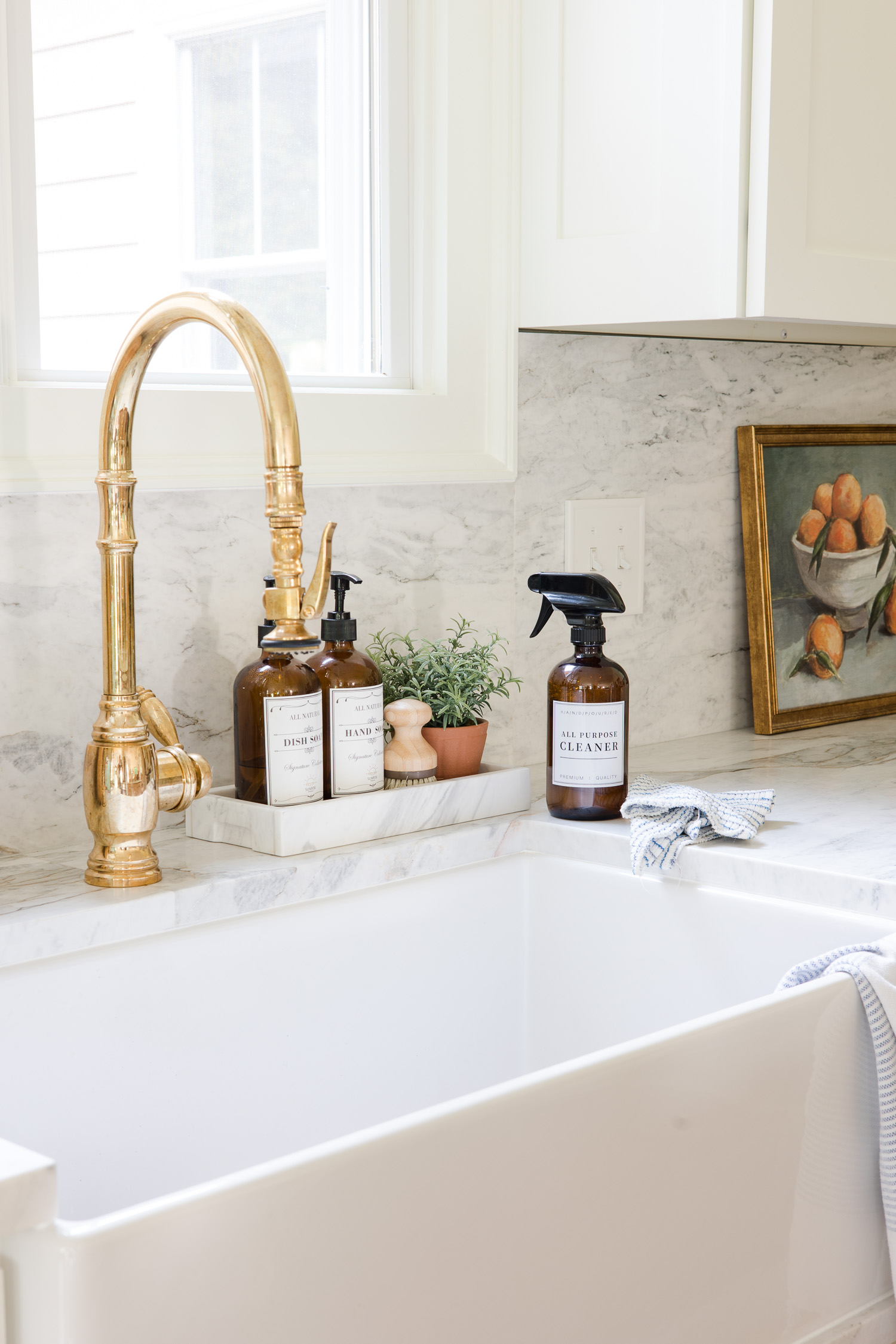
What Kind of Water to Use
Tap water works fine. However, if your tap water is hard – which means it has a high mineral content, usually calcium and magnesium – Sal Suds might cause a cloudy precipitate to settle on the bottom of the spray bottle. This is perfectly fine and does not mean the solution is contaminated or won’t work. But if this bothers you, use distilled or Reverse Osmosis purified water.
I personally prefer distilled water, when making my cleaner, because most tap water has a lot of contaminants and I don’t want to spray tap water on my kitchen countertops. Guess we wash and rinse dishes with tap water…sure, but I chose to add the distilled water to my homemade cleaner but in the end not sure if truly matters.
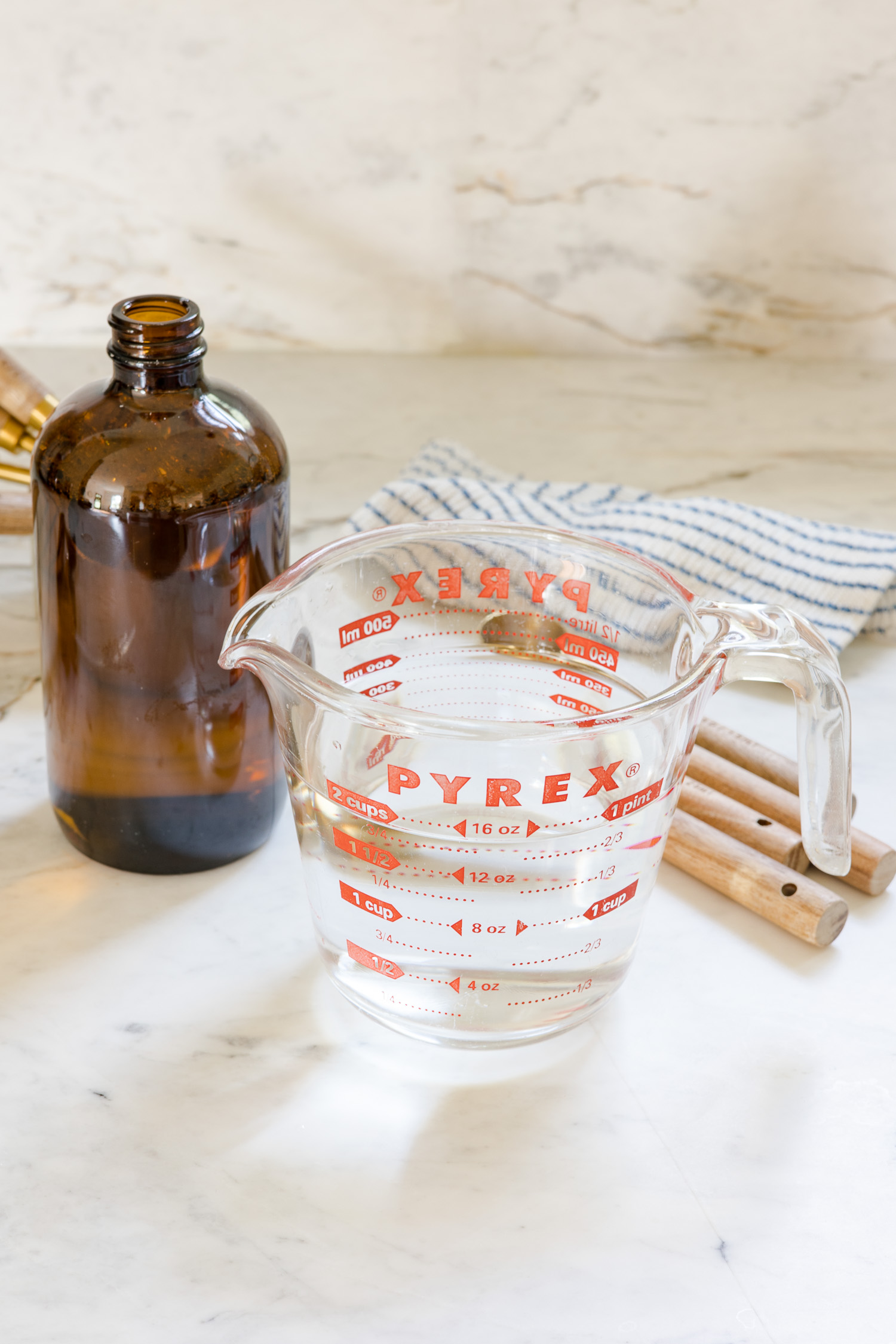
Other Ways to Use Sal Suds
The cleaning possibilities are endless and can be used for washing dishes, laundry, toilet bowls and more. Here are a few ways to use Sal Suds around your home for cleaning.
- Hand washing Dishes: 1/2 – 1 1/2 tsp. (2.5 mL) Sal Suds in a large sink of water. Or 1 drop Sal Suds for one pot, more if needed.
- Laundry: 2-3 Tbsp. (30-45 mL) for a large load in a top loading washer. Halve these amounts for HE washers.
- Showers & Tubs: I use a few drops in my shower and scrub with a brush if necessary. Rinse.
- Mopping (Wood, Laminate, Vinyl, Stone & Tile): ½ Tbsp. (7.5 mL) Sal Suds in approximately 3 gallons (12 L) of hot water. Dunk mop (microfiber, preferably) and wring thoroughly. On wood and laminate, avoid excess water and mop up wet areas.
- Toilets Bowls: Spray with all-purpose cleaner or sprinkle 2-3 drops of Sal Suds directly on toilet brush. Sprinkle baking soda on a brush, scrub bowl and flush.
- Fruit & Veggie Wash: 1 drop of Sal Suds in a bowl of water. Dunk and swish the produce. Rinse in clear water.
Check out these other posts!
How to Strip and Bleach Mahogany Furniture
Girl Bathroom Update
How to Select the Perfect Kitchen Backsplash
Glass Spray Bottle for All-Purpose Cleaner
Do you really need to use a glass bottle for your homemade cleaner? No, not really, but I prefer glass over plastic any day and they look prettier too.
The soap comes in a plastic bottle so using a glass spray bottle doesn’t necessarily increase any benefits to the cleaner. If you are more comfortable with plastic due to breakage and little children, I get it. By all means go with plastic. Glass vs. plastic is just a personal preference here.
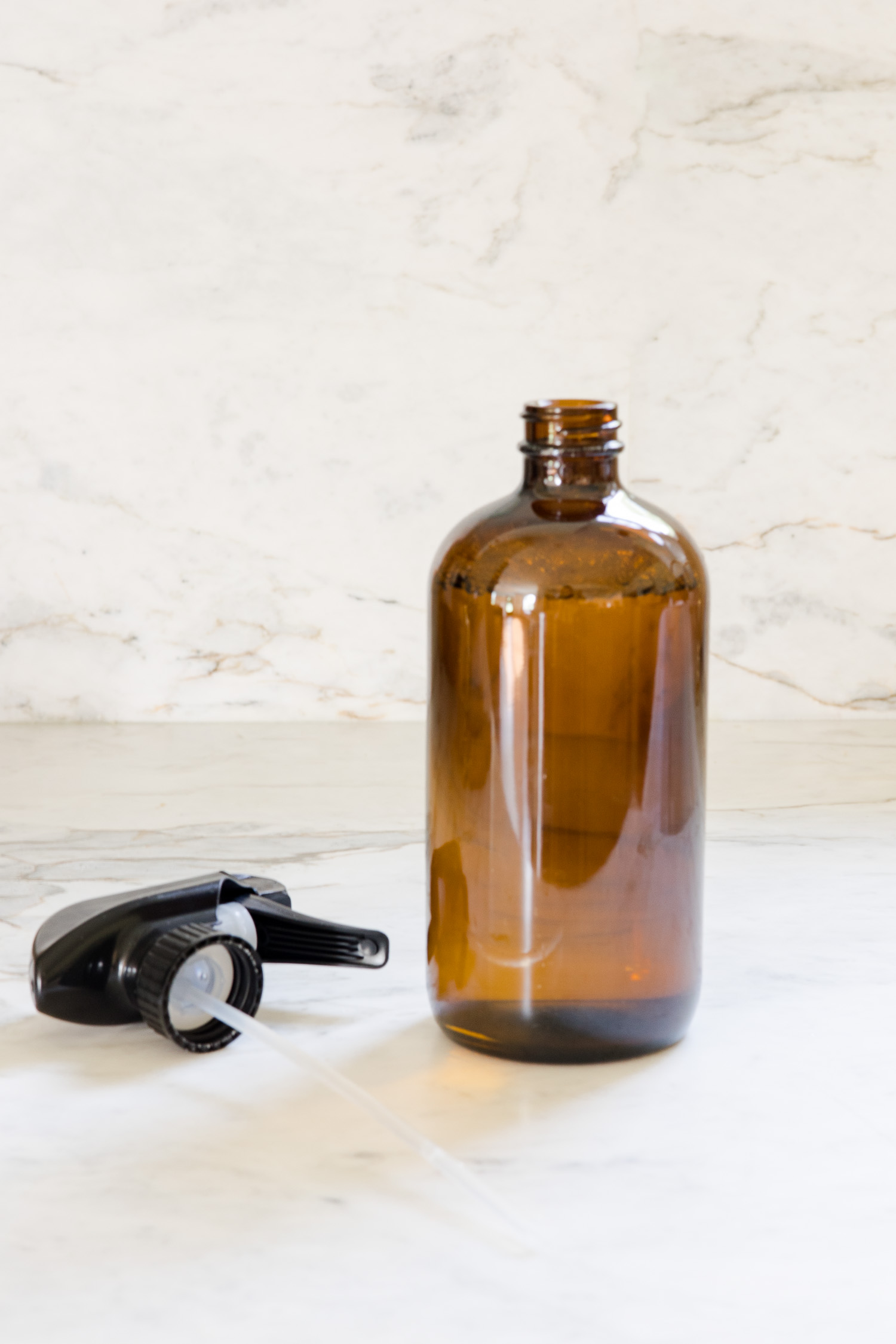
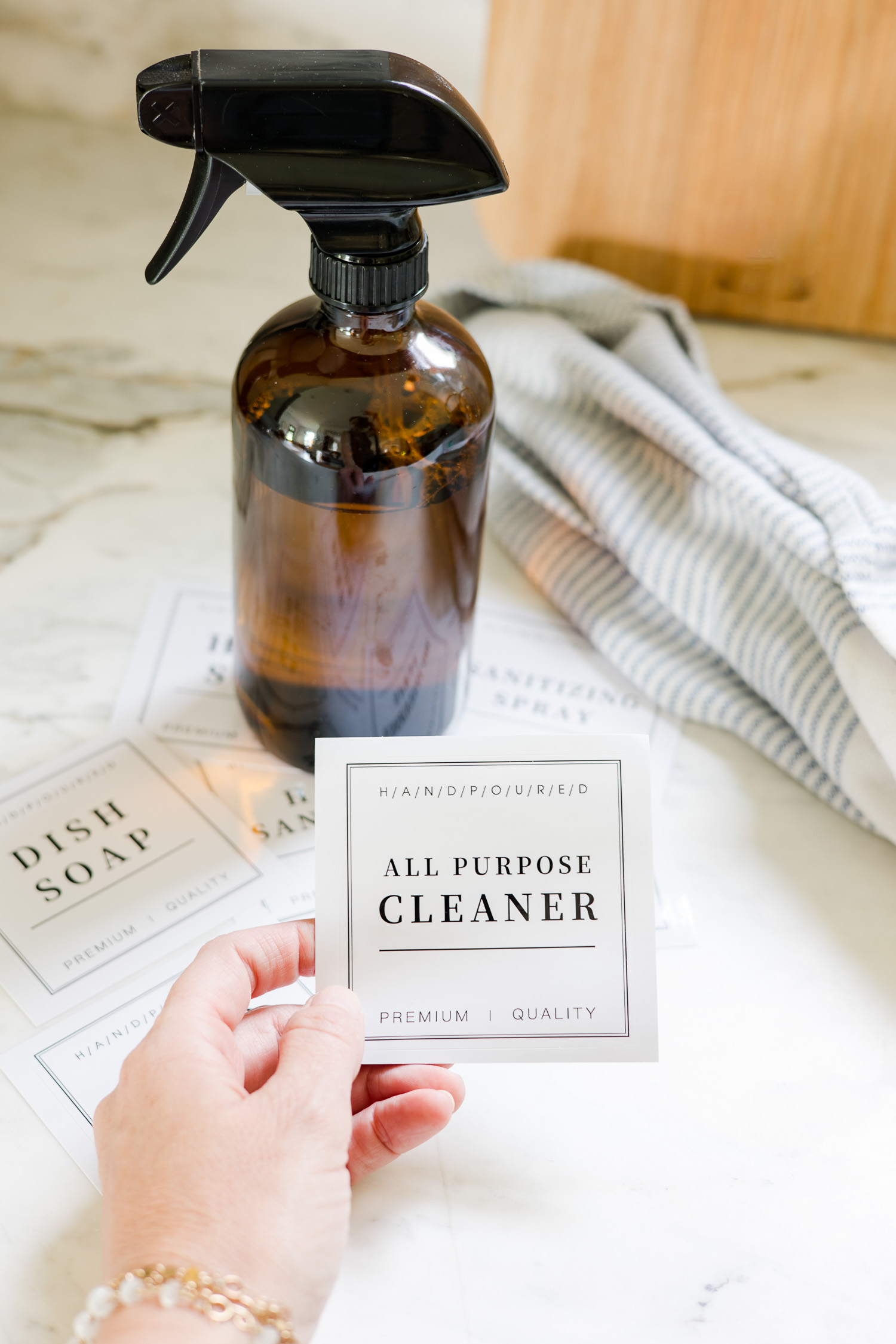
Sources

Amber Spray Bottle
Sal Suds Concentrate


Measuring Cups & Spoons
Final Thoughts on Homemade All-Purpose Cleaner
So…do you think you would give this a try or stick with your same cleaning routine? I hope I have at least caused you to think about soaps and surfactants and how they work in relation to cleaning and how harsh chemical disinfectants can cause serious harm to your health. Dr. Bronner’s Sal Suds is a great place to start when making your own cleaner
In the end, the soaps are a better option for removing germs from your home! Give it a try and let me know what you think!
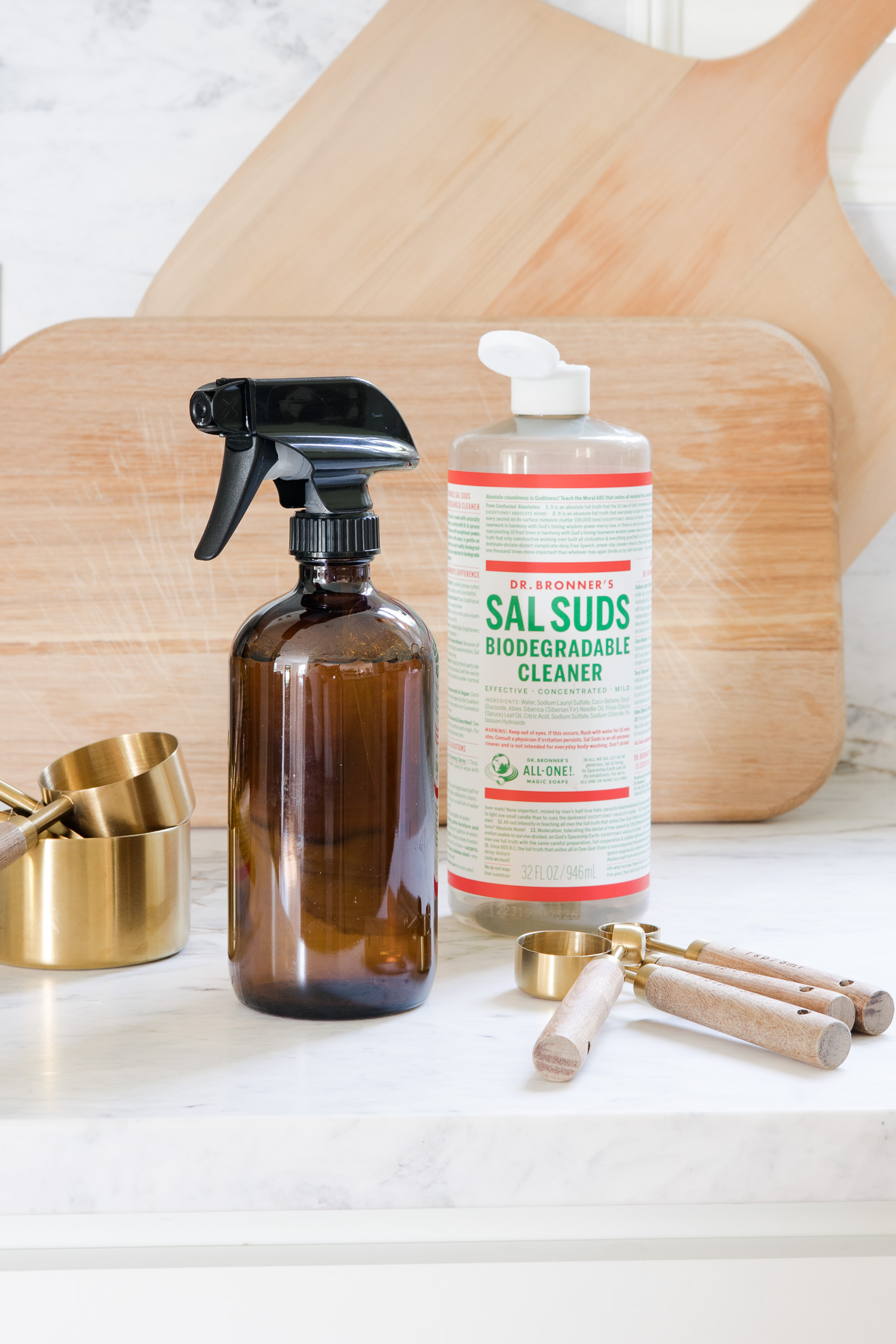
Follow for home decor, DIY and to shop: Instagram | Pinterest | LiketoKnowit
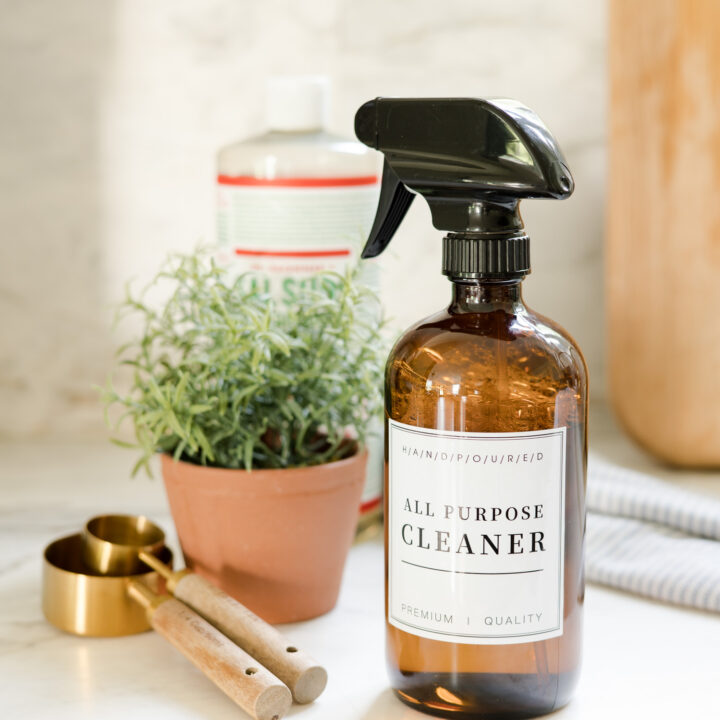
DIY All-Purpose Cleaner
Looking for the perfect non-toxic all-purpose cleaner? This easy DIY all-purpose cleaner with Dr. Bronner’s Sal Suds only takes minutes to make. With water, some suds and a spray bottle; you will be all set to make your own all-purpose natural cleaning spray that you can use anywhere!
Ingredients
- 32 ounces of water
- 1 Tablespoon Sal Suds Cleaner
- Spray Bottle
Instructions
- Fill the spray bottle with the water first.
- Add the tablespoon of Sal Suds and swirl gently to mix.
- Do not shake it as this will cause too many suds and not necessary; just a little twist of the bottle a few times will mix the two ingredients together. That’s it!


